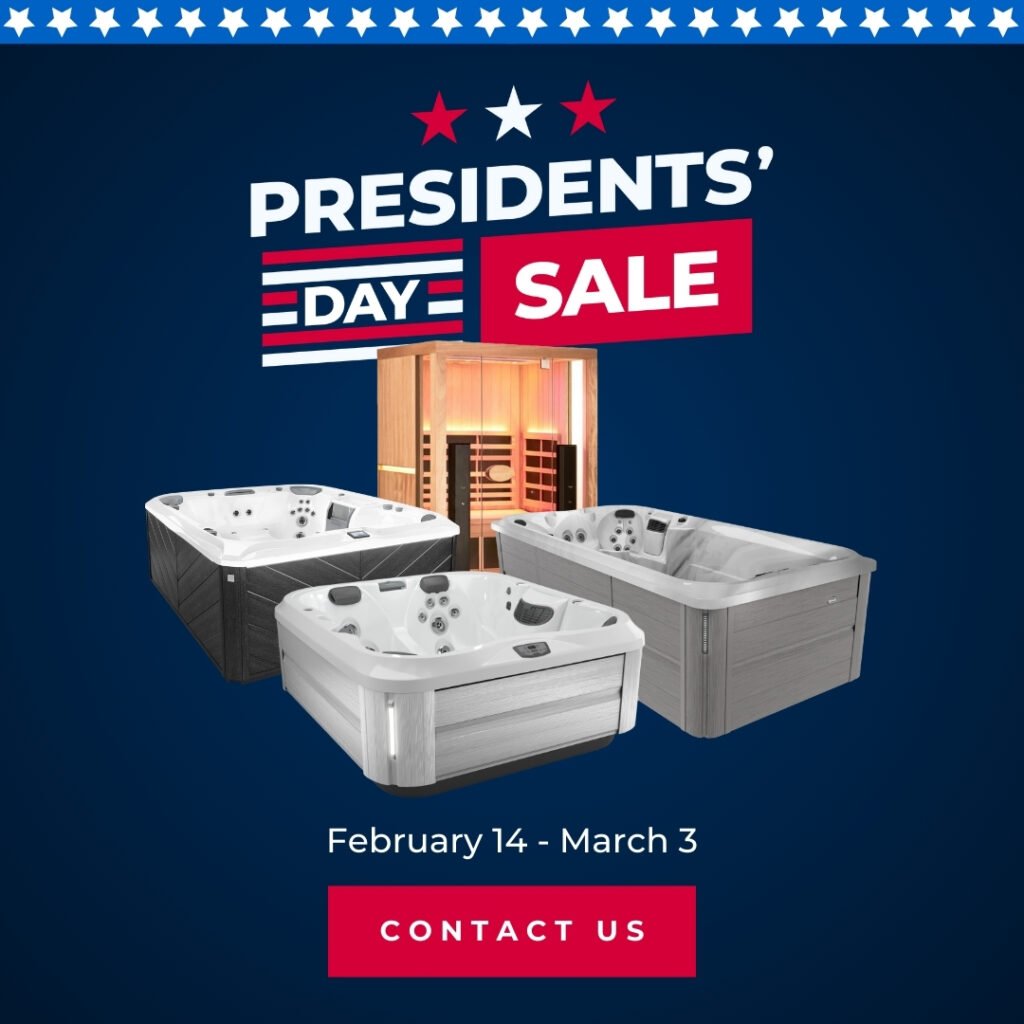Winter in New Jersey can be magical, but let’s face it—sometimes it feels like the cold drags on forever. What if this year was different?
Imagine turning your backyard into a cozy retreat, where you can swim, relax, and entertain all season long, without feeling the chill of the season.
With an outdoor swim spa, that dream becomes a reality. Outdoor swim spas have so much to offer, and while they’re great to enjoy any time of the year, they really pack a punch as temperatures begin to plummet.
No longer will you be bound indoors to stay toasty warm. With an outdoor swim spa, you can enjoy your backyard and get some much-needed fresh air, all while feeling more comfortable (and relaxed) than ever!
Here are ten reasons why a swim spa is the ultimate winter investment.
1. Quality Time with Family
Winter often means everyone is cooped up indoors. Instead of staring at screens or hearing the dreaded “I’m bored,” imagine gathering with your family in the warm, bubbling water of a swim spa.
It’s a place where everyone can unwind, share stories, and enjoy each other’s company. Even teenagers will want to join in!
Whether it’s a lazy Sunday soak or a post-dinner dip, your swim spa will quickly become the family’s favorite hangout spot.
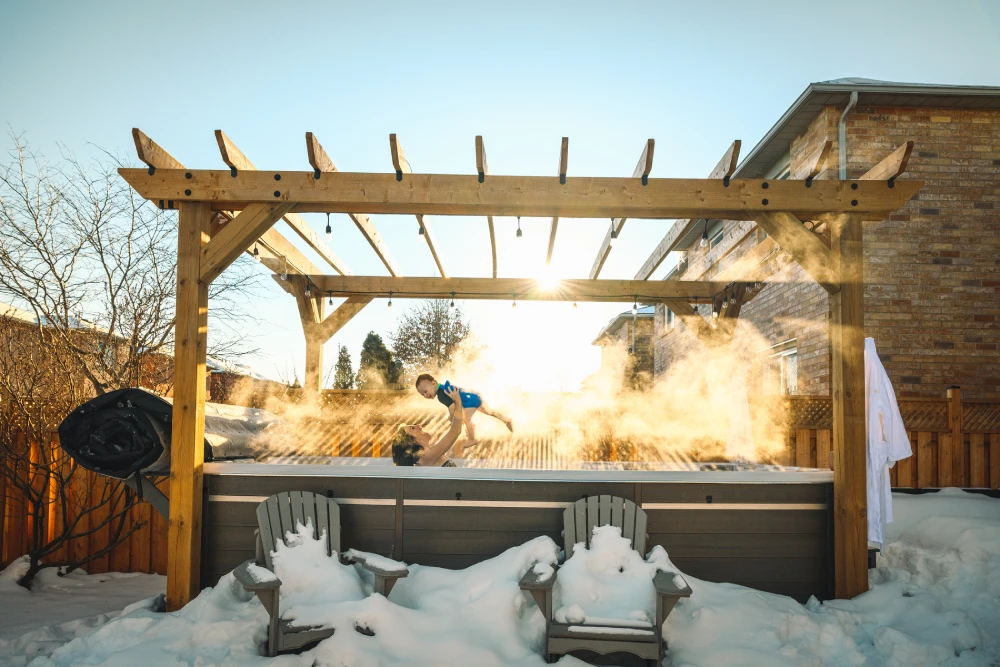
2. Unique Holiday Gatherings
This year, skip the usual holiday party routine and give your guests something to talk about. A swim spa turns any gathering into a unique and unforgettable experience.
Picture this: festive string lights twinkling overhead, snow gently falling, and your friends and family relaxing in the warm water with hot cocoa or a festive cocktail in hand. It’s the ultimate way to spread holiday cheer while staying cozy.
Plus, outdoor swim spas offer plenty of space for everyone to enjoy, making it a standout feature for your winter celebrations.
3. Stress Relief in a Winter Wonderland
Let’s be honest—winter can be stressful. Between shoveling snow, hectic holiday schedules, and shorter days, it’s easy to feel overwhelmed. But imagine coming home after a long day, stepping into your swim spa, and feeling all that tension melt away.
The combination of warm water and soothing jets works wonders on tired muscles and frazzled nerves. Add in the peaceful backdrop of your snow-covered backyard, and you’ve created a serene winter escape that helps you recharge whenever you need it.
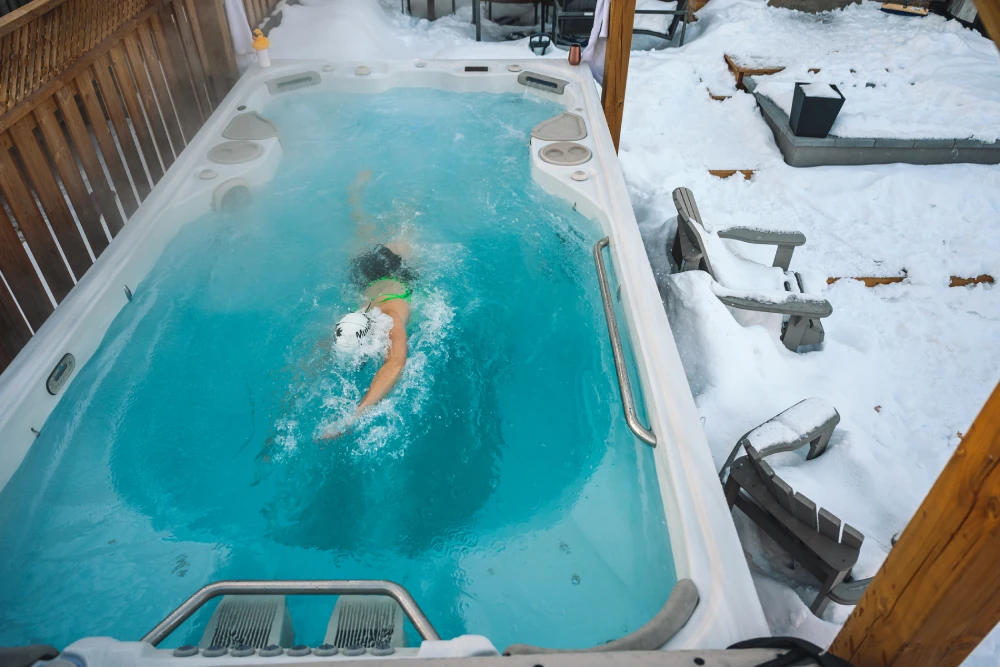
4. Effortless Fitness
Staying active in winter can be a challenge. Who wants to brave icy roads to hit the gym? With an outdoor swim spa, you don’t have to. It’s like having a personal fitness center right in your backyard.
Swim laps to keep your cardio up, practice water aerobics for low-impact conditioning, or use resistance bands for strength training. It’s fitness on your terms, anytime you want.
And the best part? No crowded gyms or long commutes—just you, the water, and your favorite workout routine.
5. Escape the Winter Blues
The long, dark days of winter can take a toll on your mood. Seasonal affective disorder (SAD) is real, but your swim spa can be a powerful tool to combat it.
Warm water soothes both body and mind, helping you feel more relaxed and uplifted. Picture yourself soaking under a starry winter sky or enjoying a quiet morning dip as the sun rises.
These moments of peace and relaxation can brighten even the gloomiest of days, keeping your spirits high all season long.
6. Turn Your Backyard into a Personal Retreat
Your swim spa isn’t just a place to unwind—it’s the centerpiece of your winter oasis. Imagine stepping out onto your deck, surrounded by the beauty of a snow-covered landscape.
The water is warm and inviting, steam gently rising into the crisp winter air. It’s your private retreat, a place where you can escape the hustle and bustle of everyday life.
Whether you’re soaking solo with a good book or enjoying a romantic evening with your partner, your outdoor swim spa makes every winter day feel special.
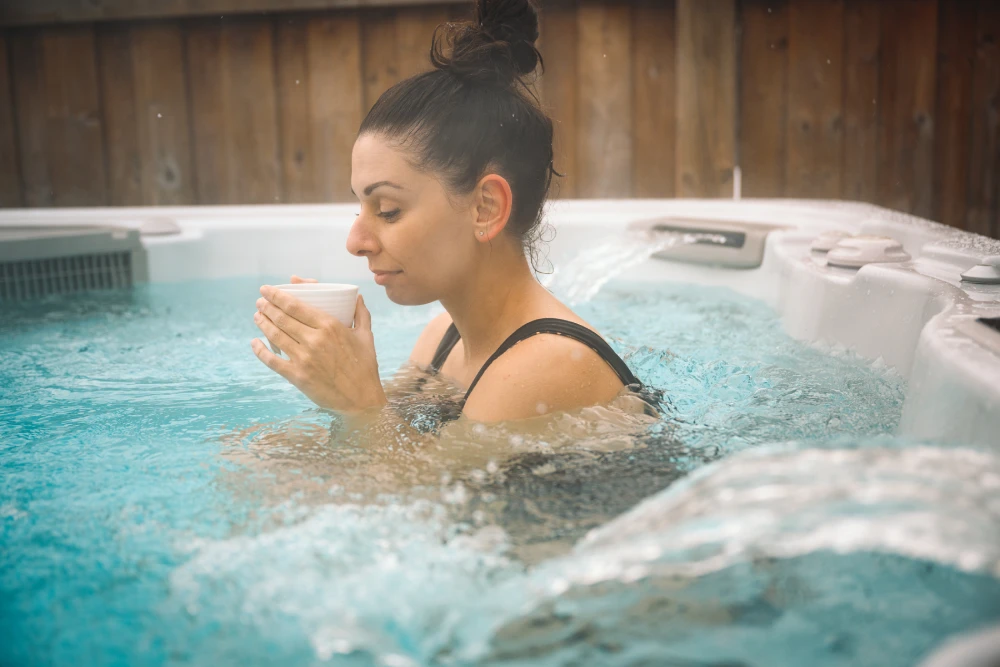
7. The Perfect “Me Time” Spot
Life is busy, and finding time for yourself can be tough. That’s why your outdoor swim spa is the perfect solution.
Need a moment of peace before the chaos of the day begins? Start your morning with a soothing soak, paired with a hot cup of coffee.
Want to wind down after a hectic day? Slip into the warm water with your favorite playlist or podcast. It’s your time, your space, and your way to recharge.
Plus, those few stolen moments of “me time” can do wonders for your overall well-being.
8. A Fun Way to Keep the Kids Active
Winter weather often keeps kids indoors, which means extra energy and lots of cabin fever. But with a swim spa, your little ones have a fun and safe way to stay active.
They can swim, splash, and play for hours, burning off energy and staying fit even when it’s too cold for outdoor sports. Plus, it’s an easy way to keep them entertained during snow days or winter weekends.
And let’s face it—happy, tired kids mean happy parents too!
9. Elevate Your Home’s Value
A swim spa isn’t just a luxury—it’s an investment in your home. It adds a unique feature to your backyard, enhancing both its beauty and functionality.
If you ever decide to sell, buyers will love the idea of having their own year-round retreat. It’s a win-win: you get to enjoy all the benefits now and potentially boost your home’s value for the future.
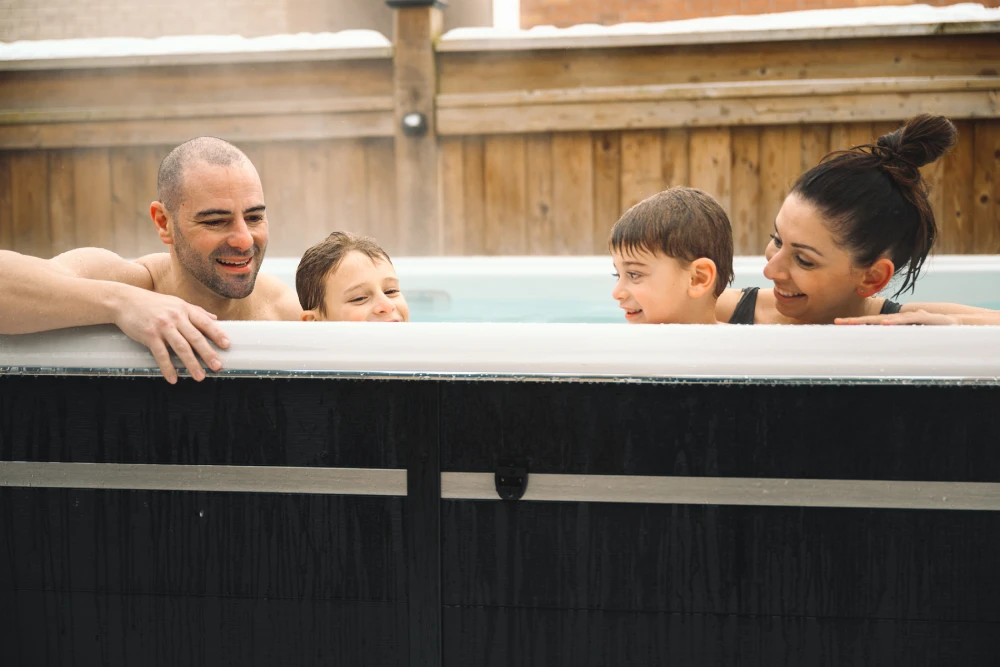
10. Enjoy Year-Round Fun
Ultimately, outdoor swim spas are the best way to make the most of your backyard, no matter the season.
From winter pool parties the neighborhood kids will be raving about for years to come, to quiet moments alone to give back to yourself, these compact all-season pools can do it all.
Why settle for a quiet, uneventful winter when you could be making memories, staying fit, and enjoying life to the fullest?
Make This Winter Unforgettable—Shop Outdoor Swim Spas in New Jersey
Don’t let winter pass you by. With an outdoor swim spa, you’ll turn chilly days into moments of joy, relaxation, and connection.
Ready to take the plunge?
Visit us at our Toms River, Manalapan, Morris Plains, or Oakhurst showrooms today. Our team is here to help you find the perfect swim spa for your home and lifestyle.
Contact us now to transform your winter and enjoy year-round luxury in your own backyard!
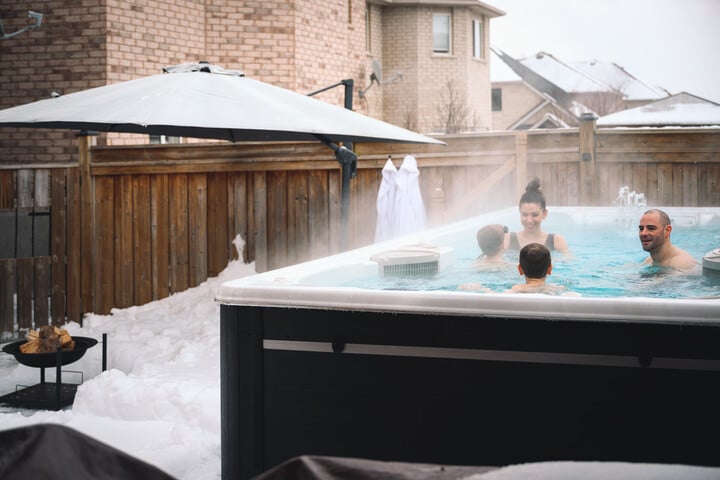
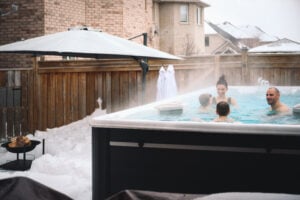
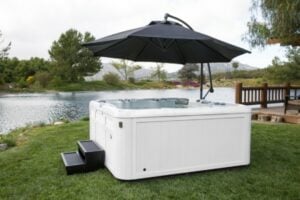
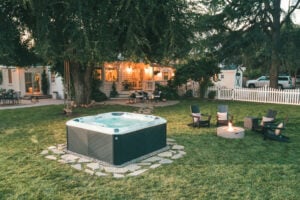
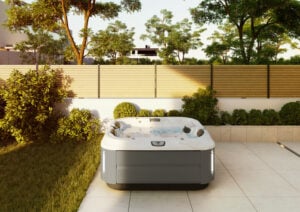
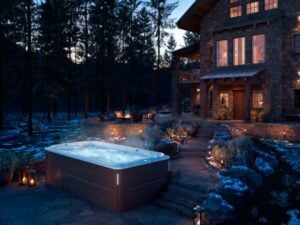
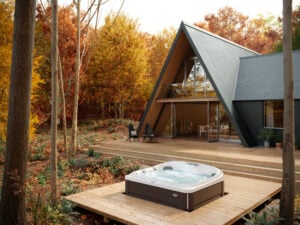
 by
by 